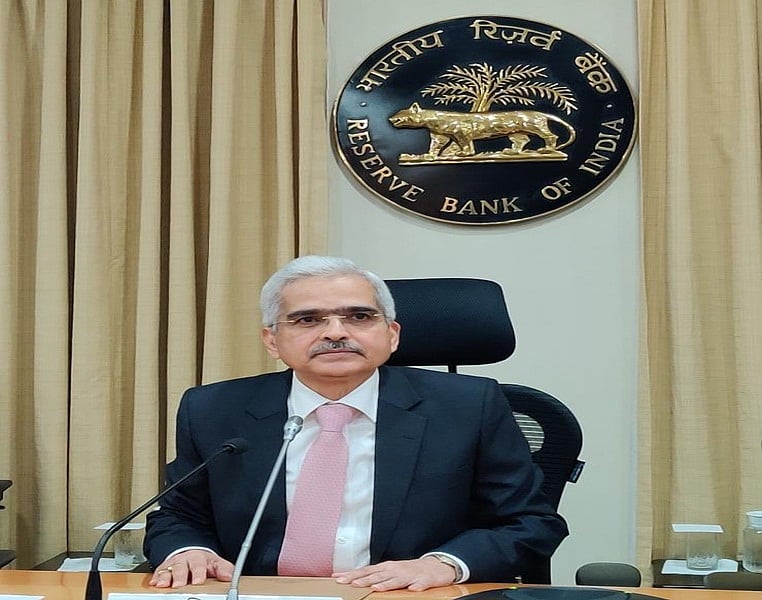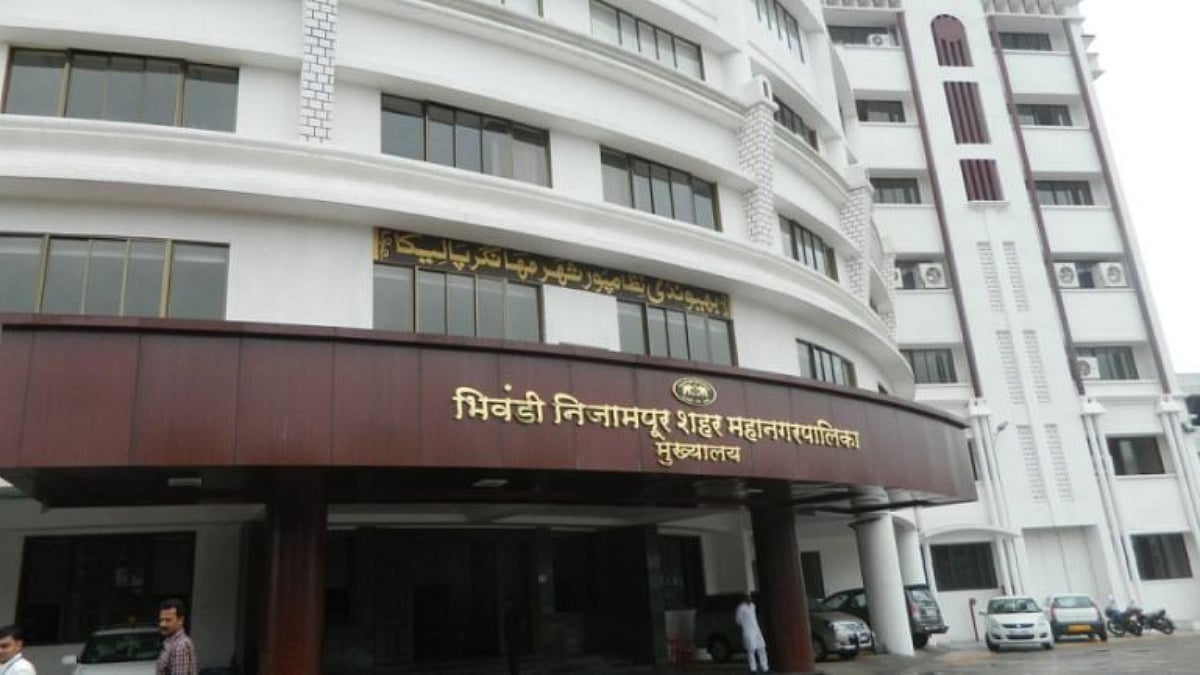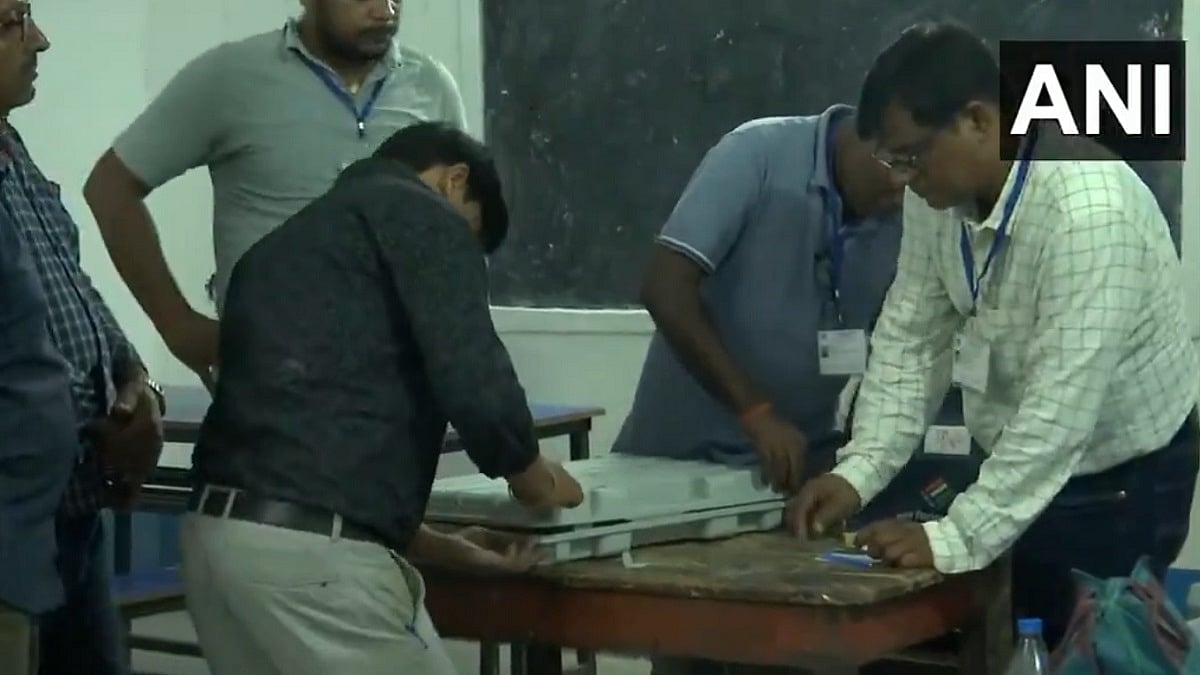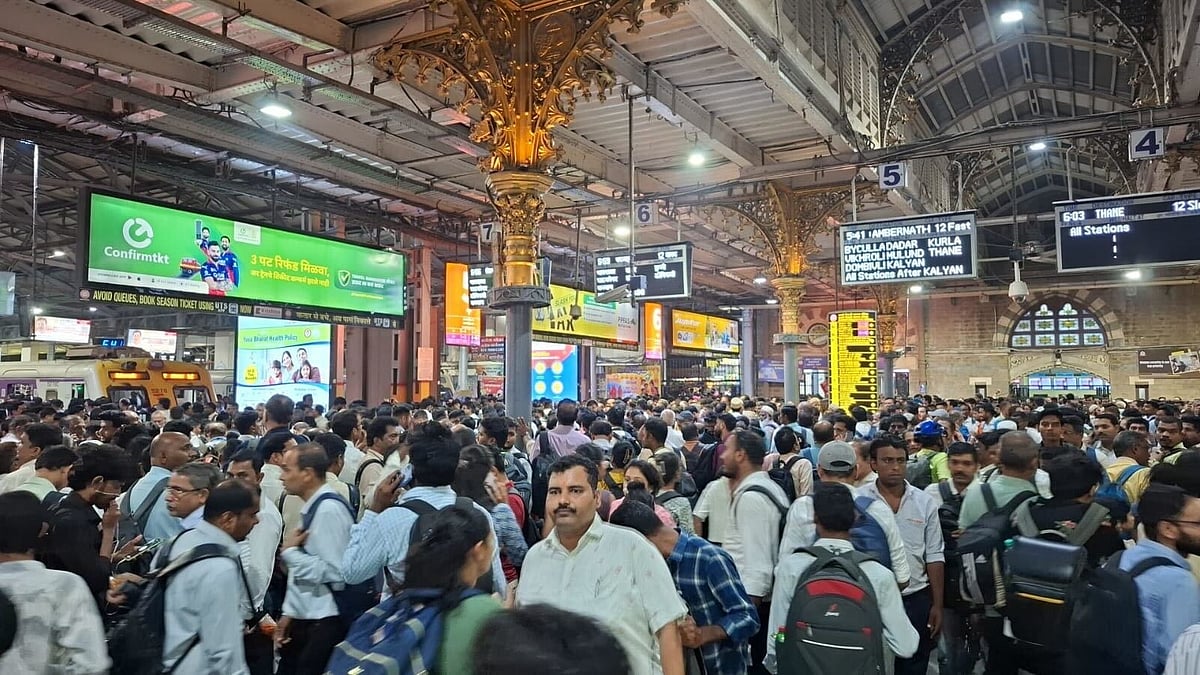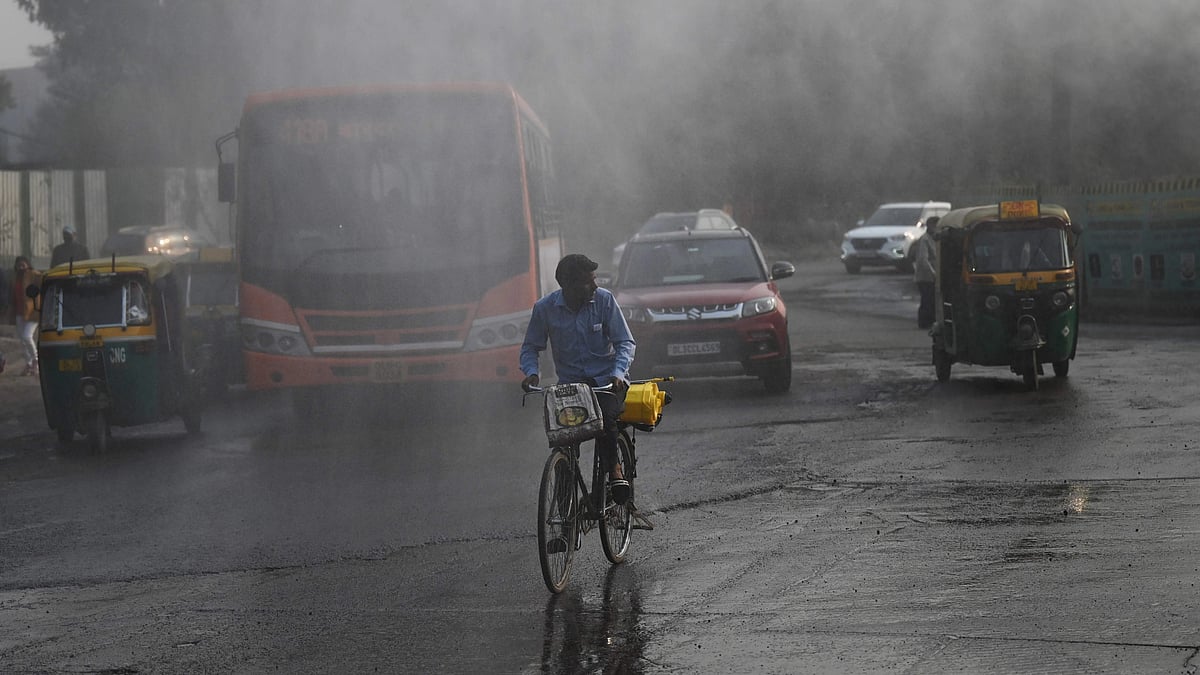The newly reconstituted Monetary Policy Committee, the country’s apex interest rates-setting body, pulled no surprises at its first sitting on Friday, deciding to hold the key policy repo rate (the interest rate at which the Reserve Bank of India provides short-term funds to banks) unchanged at 4 per cent. The fact that retail inflation logged a high 6.7 per cent in August, well above the Reserve Bank of India’s target band of 4-7 per cent and has been ruling high for some time now, made this a no-brainer, given that the RBI is now legally mandated to keep inflation targeting as its primary focus, providing policy primacy to the task of containing inflation within a pre-announced target range above all other requirements. However, RBI Governor Shaktikanta Das has stressed that the Central bank's stance will be “accommodative” – in other words, it will take all other measures necessary to ensure that credit supply is plentiful and borrowers can access the same at reasonable rates. To be fair, the RBI has been hugely accommodative thus far, having cut the repo rate by 115 basis points (1.15%) since March this year.
However, as experience has shown, even if the RBI cuts its rates, this has not translated into lower interest rates for borrowers. Transmission of the RBI’s interest rate signals through the system to the end borrower has usually come with a huge lag, and the quantum of cuts have also seldom been passed through. Furthermore, risk-averse banks have preferred to park cash with the RBI, rather than lend to customers, which renders any amount of interest rate cuts infructuous.
It has also announced several measures to boost liquidity in the system. The targeted long term repo operation window has been enhanced to the tune of Rs 1 lakh crore. Banks using this facility will have to invest in corporate bonds, commercial papers and non-convertible debentures issued by entities in specific sectors identified as having strong backward and forward linkages in the economy. This will not only ease borrowing and reduce costs for corporates but will also hopefully have a ripple effect on growth. However, by far, the most significant developments have been with relation to the bond markets. To ensure easy availability of funds and also reduce the upward pressure on bond yields, the RBI has announced outright purchase of government bonds through open market operations (OMOs)) to the tune of ₹20,000 crore per auction.
The RBI has also announced OMOs for the first time for State Developments Loans (SDLs), which is likely to help fund-starved states borrow more towards the latter half of the current fiscal as the costs of the Covid battle continue to mount relentlessly. Along with some other measures, like hiking the absolute exposure limits for retail loans, and changing the risk weightage for high value real estate loans, sent positive signals to the market, which have cheered the announcements.
However, stock market indices seldom accurately reflect ground economic realities. The RBI itself has revised its growth projection for the ongoing financial year to a negative 9.5 per cent, which will make the current year the biggest recession in the history of independent India. The RBI hopes that the contraction will be reversed by the final quarter of the current fiscal and growth will return to positive territory by the next financial year. However, Das himself admitted that this revival will be at different rates and times for different sectors.
As former RBI Governor Dr C Rangarajan has pointed out, if availability (or the lack thereof) of credit was the sole constraint on growth, then monetary policy actions could be the used as the tool to revive growth. But policy has little to do with how lenders and borrowers actually behave in the marketplace. While the pandemic-induced slowdown has pushed up demand for working capital but also sharply impacted long-term investments by businesses, the ongoing NPA problem has turned banks acutely risk averse. Additional liquidity opened up by the RBI’s past measures has often wound its way back to the RBI, with banks preferring the safe option of parking funds with RBI at low returns, rather than actually risk lending.
The extraordinary conditions precipitated by a ‘black swan’ event like the Covid-19 pandemic call for extraordinary responses from monetary authorities. But with the MPC statute-bound to primarily focus on inflation targeting, there are limits to the policy options available to it. There can be no denying the fact that reviving growth has to be the primary focus of both government and monetary policy. Without a revival in growth and employment, any gains from tackling the spread of infection will be more than offset by increased economic hardship. Perhaps it is time to review whether a developing economy like India, with continuing large pockets of poverty, can afford to have inflation target as its primary monetary policy goal.
